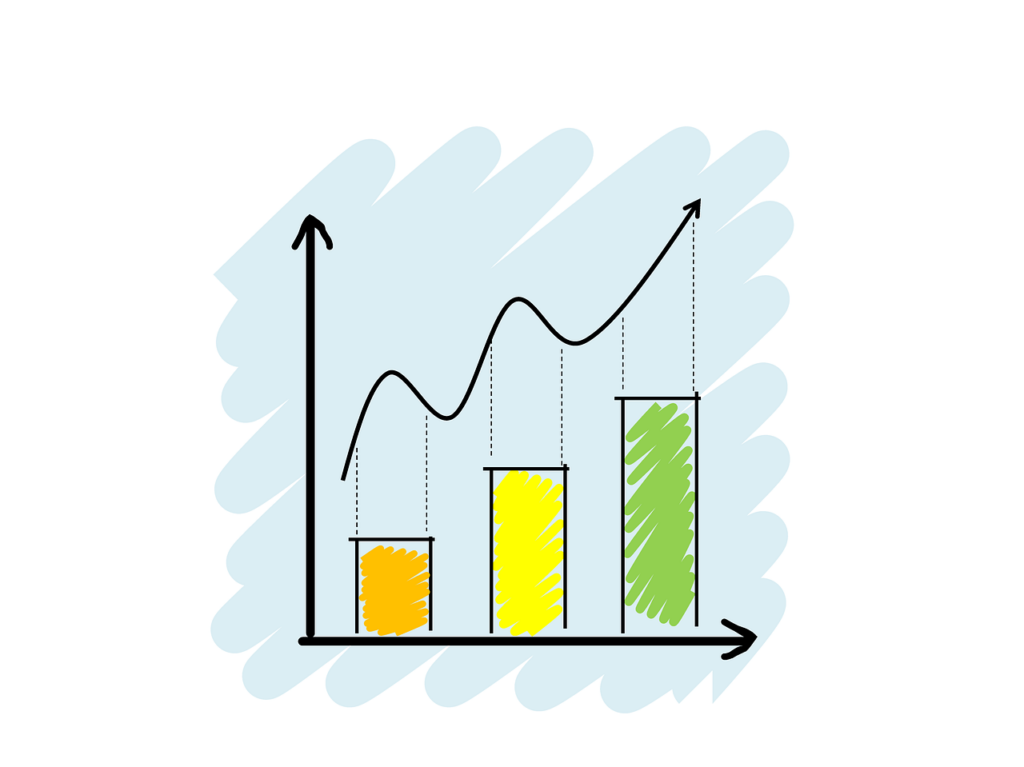My goal with today’s piece is to teach you how to protect your trades from manipulations.
To fully master this pure technical skill, one first needs to understand why
market manipulation occurs and who is responsible for its occurrence.
Since I’m a pure technical trader who does not use news or any other form of indicators,
I’ll teach you how traders like me navigate through this deception, which is designed to target retail traders.
Protect Your Trades from Manipulations: Overall Market Direction
On my YouTube channel, I always emphasize the importance of trading with the overall market direction.

The reason why most traders don’t adhere to this principle is their desire to trade every day (a lack of patience).
This is exactly what market manipulators want,
as they use it to take money from retail traders and into the pockets of the elites.
The Oracle of Omaha, Warren Buffett, is often paraphrased as saying, “The stock market is a device for transferring money from the impatient to the patient.”
I uploaded content on my YouTube channel titled “How to Triple Your Initial Investment,”
where I showcased all the trades I placed throughout 2024, trading only the Nasdaq100 and S&P500.
How I Avoided Unnecessary Manipulation
At the beginning of the year, I identified that the overall market
was in an all-time bullish trend by using the daily timeframe.
The daily timeframe allows me to identify the overall market momentum.

I focused solely on buying opportunities and ignored all selling opportunities throughout the year,
thereby trading with the market’s direction.
Trading against the market is like trying to swim against a strong current.
As I mentioned in my previous piece on “how market manipulation targets retail traders,”
manipulators have enough liquidity to move the markets. So why trade against them? Instead, you should trade with them.
Protect Your Trades from Manipulations: News Releases
News releases can be influenced by manipulators to drive activity in the markets.
They know a lot of retail traders will be looking for buying or selling opportunities to capitalize on market spikes or volatility.
How Manipulators Use News Events

This is when manipulators inject money to trap impatient traders. For example, John Lannister enters a buy order
at the support level because Non-Farm Payrolls (NFP) news has been released, and he sees volatile bullish candlesticks emerging.
Seconds after John and many retail traders enter, market manipulators place large sell orders,
driving the price of the stock/currency down below the support area (creating large bearish candlesticks).
This triggers John’s stop loss, along with many other traders’ stop losses.
With frustration, John tries to capitalize on the selling opportunities
since the market broke support, hoping to recover his lost money (revenge trading).
However, seconds after placing his sell orders, the market shoots back up
because the manipulators close their sell positions, leaving retail traders holding losing trades.
This happens to countless retail traders worldwide, enabling manipulators to make millions at their expense.

I don’t trade news events or get hyped about them;
I trade setups, not hype. If I spot an opportunity during a news release, I let the market wipe out impatient traders.
After the temporary unstable surge in price movements (± an hour),
I then look to enter under stable market conditions. This is one way I avoid market manipulation.
Protect Your Trades from Manipulations: Use High Timeframes
The lower you go down in timeframes; the more manipulations you can expect. Market manipulators target traders
who use lower timeframes (1 min – 30 min) more than those on higher timeframes (1 hr – weekly)
because less liquidity is required to move the markets.
Higher timeframes require significantly more liquidity, making manipulations harder to execute.
Difference Between Low and High Timeframes
It’s important to understand that you cannot avoid manipulation entirely as a retail trader.
However, you can control how much exposure you have to it by choosing your timeframes.
Low Timeframes
Lower timeframes allow you to open and close trades within minutes or hours.
You don’t need to wait as long as you do with higher timeframes.
The downside is that there is a lot of market “noise” and frequent manipulations.
Fake breakouts at support and resistance areas happen often.
High Timeframes
Higher timeframes are cleaner and less noisy, allowing you to make clear decisions.
The downside is that they require extreme patience.
When trading on high timeframes, you may find yourself holding positions for hours, days, or even weeks.
Understanding these differences is critical.
By knowing the obstacles you face, you can reinforce your trading psychology and develop better strategies for success.
Protect Your Trades from Manipulations: Overleveraging
Overleveraging can yield great returns, but it can also cause significant losses,
especially when manipulation is involved.
Market manipulation can wipe out your trading capital in seconds
if you don’t use proper risk management, regardless of your account size.

To protect your account from being wiped out,
implement a 1:3 risk-reward ratio: for every 1% risked, aim to make 3%.
This strategy gives you an edge over the market.
Even when manipulation occurs, your losses are minimized.
On days where manipulation doesn’t happen, you stand to make significantly more than what you may have lost.
Protect Your Trades from Manipulations: Conclusion
Protecting your trades from manipulation starts with adopting the right mind-set and strategy.
By trading with the overall market direction, avoiding unnecessary news-driven hype,
using higher timeframes, and implementing sound risk management,
you can minimize the risks posed by market manipulators.
While manipulation may never be fully avoided,
you can control your exposure and navigate the markets with confidence.
Remember, patience, discipline,
and proper strategy are your greatest tools as a trader. Stay focused, trade smart, and always protect your trades.

